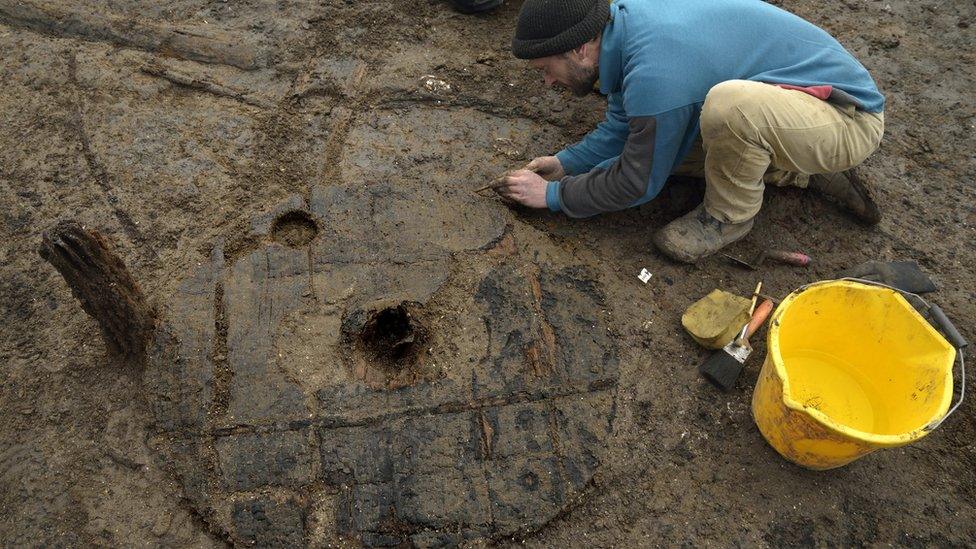Exceptionally rare Iron Age chariot axle found at Sizewell
- Published
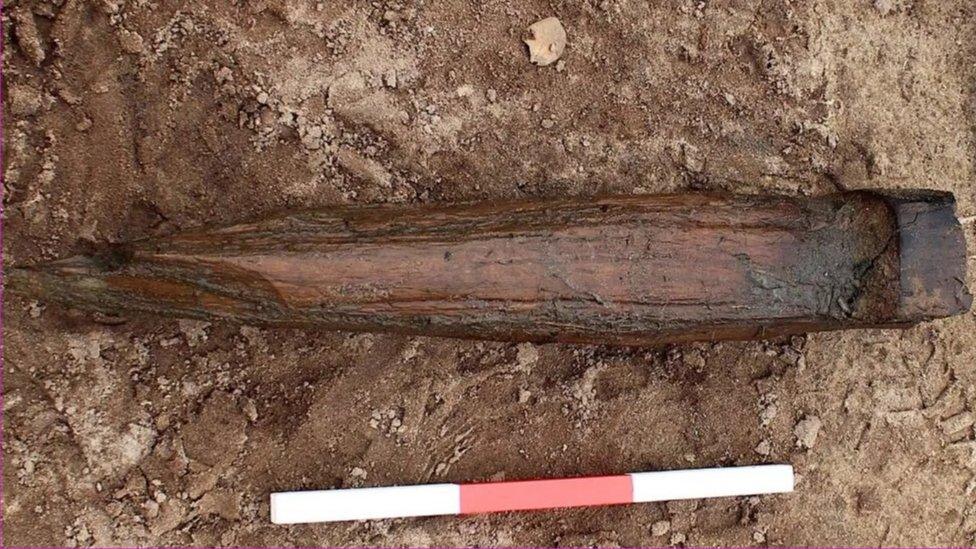
The axle fragment had been modified and reused as a stake to shore up the sides of a pit
Part of an "exceptionally rare" Iron Age wooden axle from a chariot or cart has been found in a waterlogged pit.
The fragment was uncovered in 2021 at Eastbridge, Suffolk, ahead of tree planting for the Sizewell C nuclear power station project.
Recent analysis revealed the hazel wood axle was made between 400BC and 100BC.
Archaeologist Chris Fern said it joins a handful of finds "from British later prehistory, such as the axle found at Flag Fen, Peterborough".
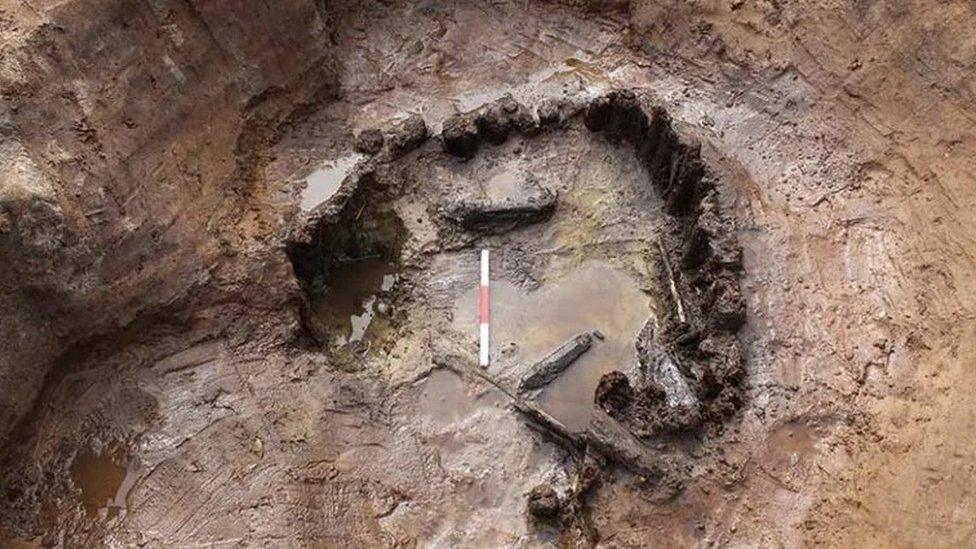
It was discovered in a waterlogged pit, along with charred boards which might also have been part of the chariot or cart
The dig unearthed two Iron Age pits, which experts believe were most likely used as watering holes for livestock.
As they were waterlogged, they provided "ideal preservation conditions for wood", said Mr Fern, a Cotswold Archaeology post-excavation manager.
The base of the axle had been broken, burned and reused and was found with charred boards, which might also have come from the same chariot.
Mr Fern said: "Most of the spindle - for the wheel hub - survives, as well as part of the rectangular axle-bed which would have been secured to the underside of the cart or chariot."
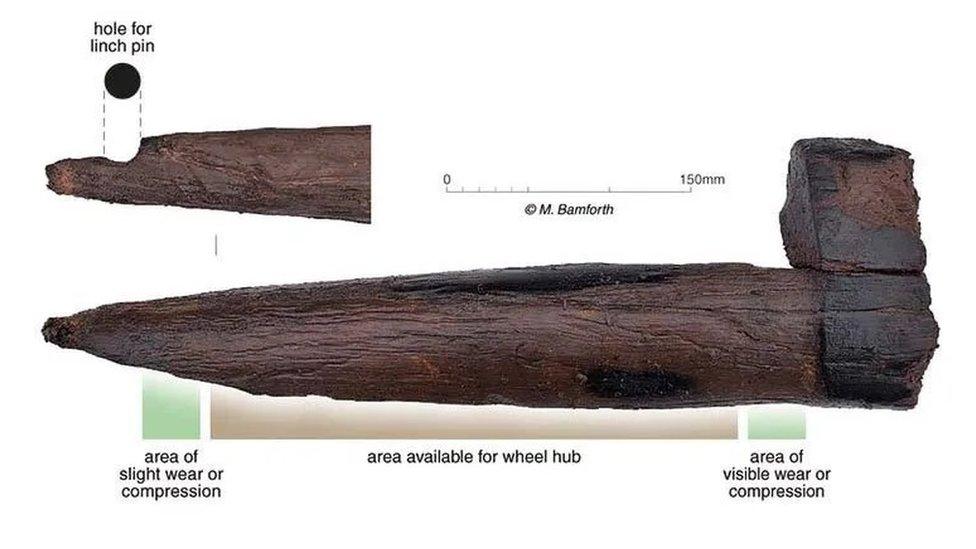
The fragment has just been identified through analysis by dendrochronologist Michael Bamforth, external, a research associate at the University of York.
The axle had been repurposed in ancient times to prevent the collapse of the waterhole into the site's sandy soil, Mr Fern said.
He added the axle" is an "exceptionally rare find", which can "be viewed in the context of the famous chariot burials of the Iron Age in Britain, such as those from Wetwang, East Riding of Yorkshire, external".

Find BBC News: East of England on Facebook, external, Instagram, external and Twitter, external. If you have a story suggestion email eastofenglandnews@bbc.co.uk, external
Related topics
- Published26 September 2022
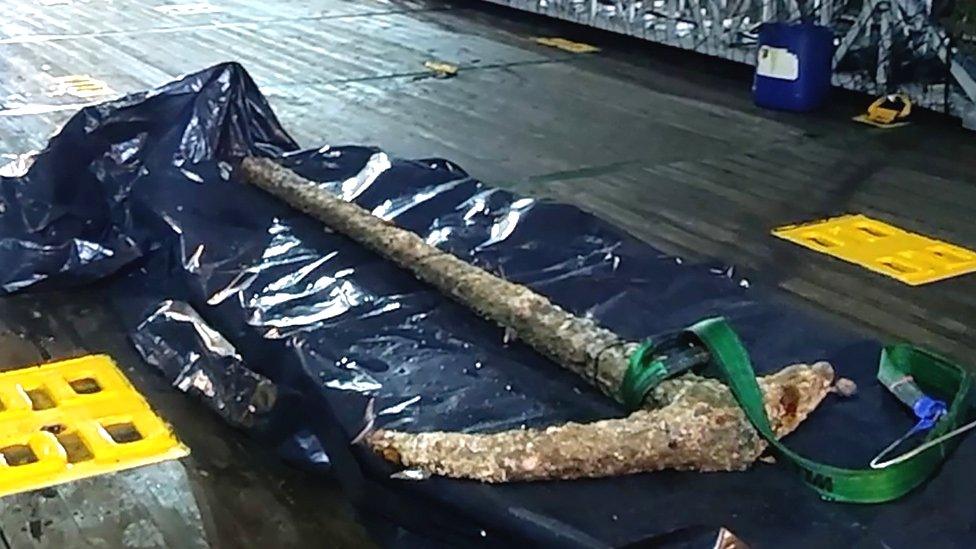
- Published9 February 2020
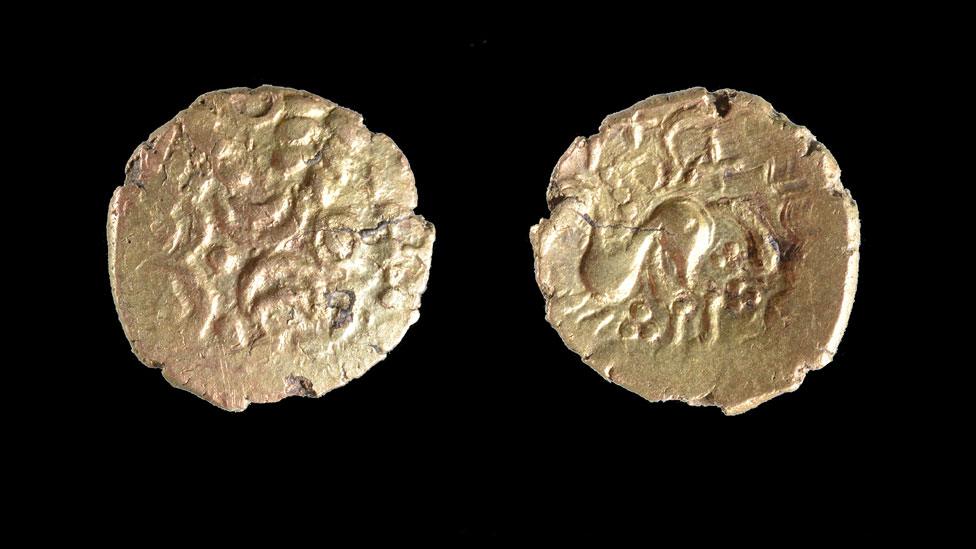
- Published26 July 2022
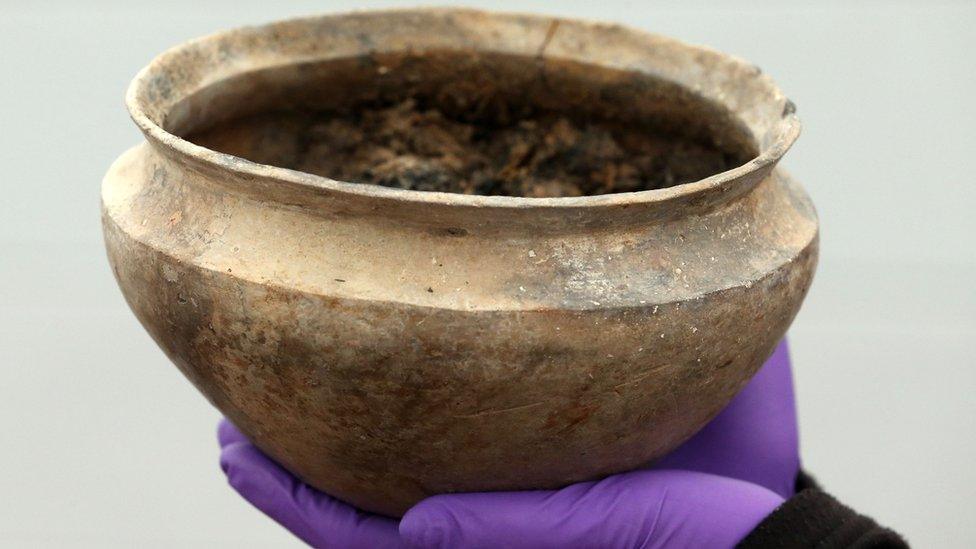
- Published19 February 2016
